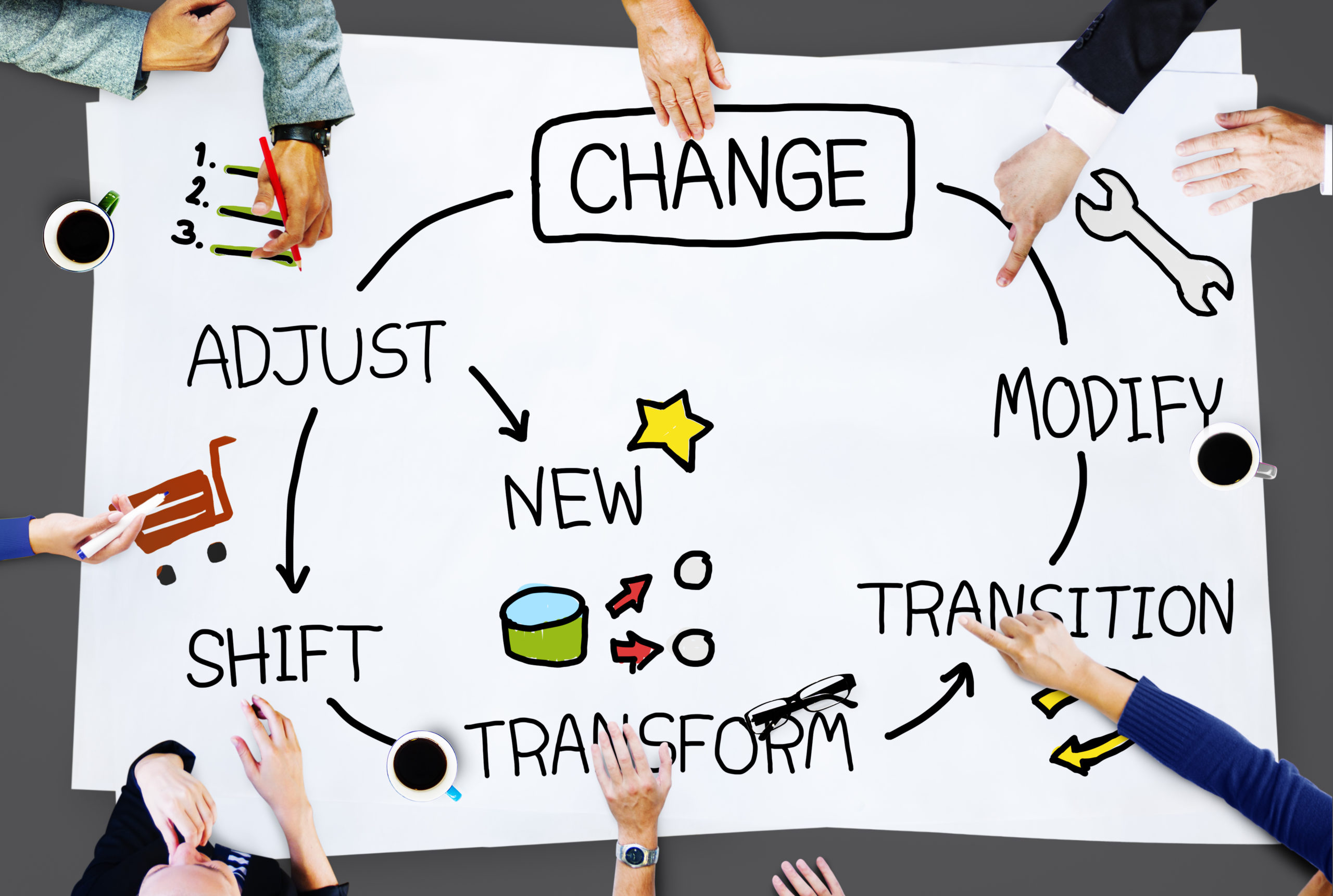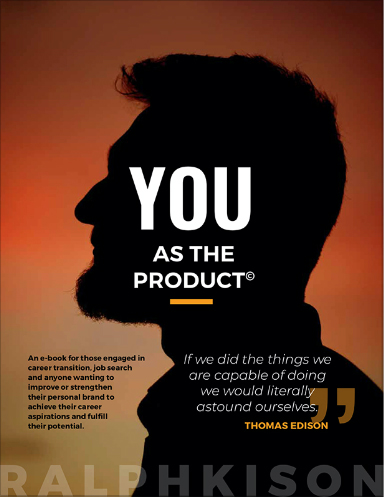
Throughout the pandemic, I’ve witnessed some leaders model best practices while others have demonstrated worst practices that will undermine their effectiveness and credibility and potentially weaken their organization. The past several months have taught those who are paying attention more than a few lessons. If we act on what we’ve learned, the insights will serve us well moving forward.
Beyond dealing with the virus, we are also dealing with deeply disturbing societal events and challenges. Therefore, as leaders we must strike a balance of moving our organizations forward to be productive and profitable while respectfully engaging employees, demonstrating sensitivity and taking positive action relating to race and gender issues within our companies.
Strong leadership has never been more important than now. As a leader you must advance the organization while repositioning or transforming internal systems, practices and even the workforce. Here are four steps to help you move forward:
Step 1: Start with yourself
Look within yourself to understand your strengths and liabilities as a leader. What skills have emerged over the past several months that you can leverage further and what areas require development?
- Self-awareness – Acknowledge and take ownership to close skill gaps and address blind spots people have brought to your attention, or areas you’ve identified requiring improvement.
- Self-control & self-regulation – What should/shouldn’t you be saying or doing as we scale up? Perhaps sleeping on it, or just leaving it alone altogether, is an appropriate response.
- Self–development – What “One Big Thing” needs to change to make you a better leader? (Do you need to reach out for help to tackle this? If yes, get a coach or trusted advisor to help you.)
Step 2: Develop your leadership and management teams
Once you have taken an honest look at yourself as a leader, it’s time to focus on your team. Do you have the right people to move forward? Who can do what is required and who can’t (but is worth developing), and who can, but won’t? (The won’ts may need to be set free.) If you don’t make key people choices now, as difficult as that may be, you may miss the chance to improve and transform your organization.
- Assess individual and collective effectiveness to define knowledge or skill gaps.
- Define the skills/competencies the team needs to develop.
- Create and implement an action plan for their development.
- Get the right people in place – put round pegs in round holes.
Step 3: Build leadership systems/framework
Define next phase organizational systems and structure that will advance the organization by developing effective managers and high-level leaders. Build alignment around your organizational core values.
- Culture + Values + Purpose = Organizational DNA.
- Create an organization developmental plan as the “roadmap” to recovery. (You must lead the implementation of this.)
- State what the standards of performance (SOP’s) are moving forward and model the behaviours to support them.
Step 4: Monitor and control systems
Once you’re back in the office and people are getting re-engaged, focus on monitoring and measuring results using your internal scorecards or dashboards. (What gets measured, tends to get done.)
- Measure – Qualitative / Qualitative metrics.
- Compare – Are we above, on or below target?
- Evaluate – What’s working? Keep doing this.
- Modify – What’s not working? Modify or stop doing this.
- Re-align – Ensure everyone knows the play book and takes responsibility for their role.
By focusing on the fundamentals that will help create a stable environment, you’ll help your employees reconnect and reengage in a positive and safe manner.
The words of Vince Lombardi are a good reminder of the power of simplicity, clarity and focusing on the basics.
“I am not going to change anything. We will use the same players, the same plays, and the same training system. But we will concentrate on becoming brilliant on the basics.


Recent Comments